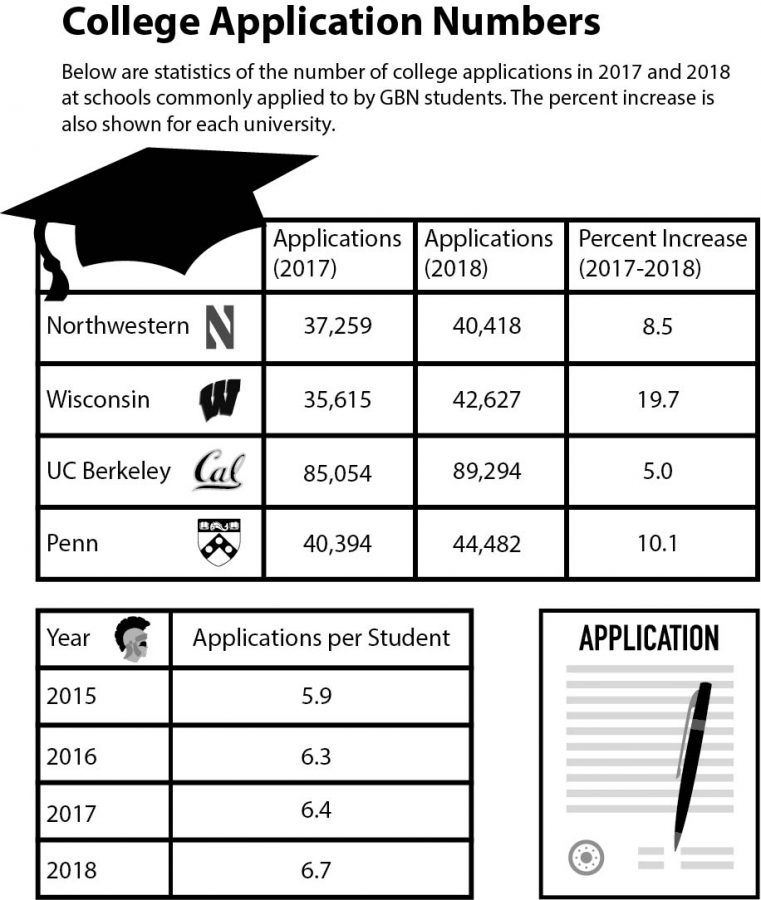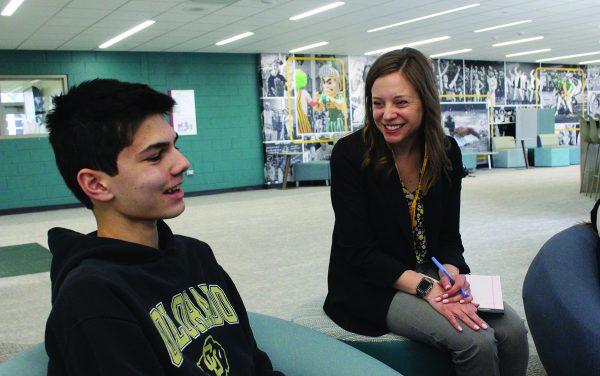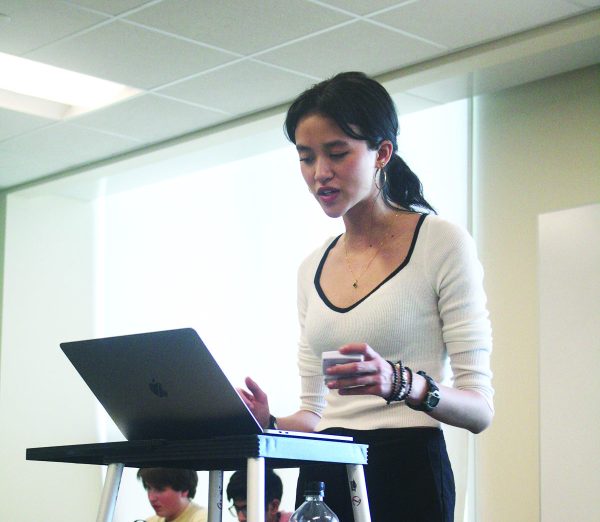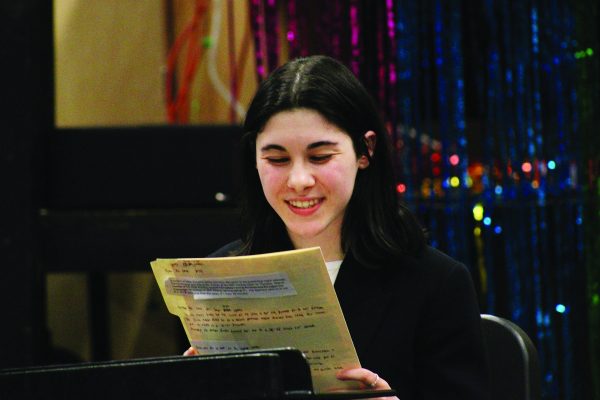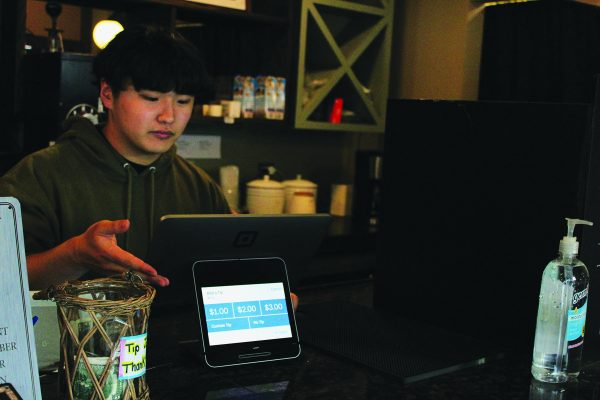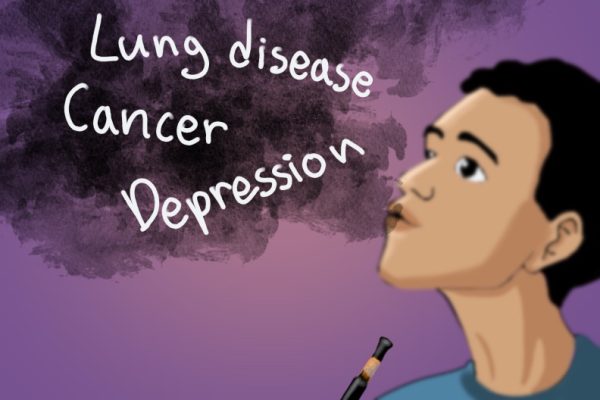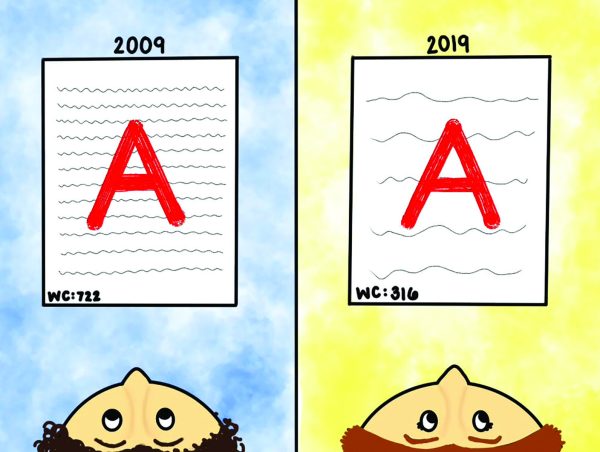Applications reach record highs
Although the college application process was like any other year for senior Jack Garibaldi, he was surprised to see how admissions decisions played out for his peers.
“Many of my friends who I thought would definitely get into some colleges weren’t getting in,” said Garibaldi. “Admissions seemed worse this year than any other year, and it was shocking because they were all qualified to get into those schools.”
The total number of applications at several colleges reached a record high for the class of 2018. At Northwestern, applications increased from 37,259 in 2017 to 40,418 in 2018, marking a 8.5 percent increase. The University of Pennsylvania saw applications rise from 40,394 to 44,482, marking a 10.1 percent increase. At the University of Wisconsin-Madison, applications went from 35,615 to 42,627, marking a 19.7 percent increase. The number of applications were collected from the respective school’s common data set.
According to David Boyle, coordinator of college counseling, the high volume of applications decreased a student’s likelihood of getting into schools nationwide that could have been labeled as their safety schools in the past.
The rise in the number of applications at several universities over the years can be attributed to the ease of applying to college and more thorough research being done by students, said Boyle, which resulted in students applying to more schools.
Boyle said the Common Application allows students to apply more efficiently because colleges can be added and an application sent with one click of a button.
At Glenbrook North, there was an average of 5.9 applications per student in 2015, 6.3 in 2016, 6.4 in 2017 and 6.7 in 2018, according to Boyle, which contributed to the competition among students to be admitted to their first choice college.
Boyle said he recently attended a conference at the University of California, Berkeley, where admissions officers provided insight into what drives their admission decisions.
Berkeley, along with many other prestigious schools, has seen a growth in applications and has a high level of demonstrated interest by students, which also contributes to how admissions decisions are made, said Boyle.
“If their data tells them that their applicant is applying to five of their competitors and four other public institutions, and they perceive, ‘Well, are we going to get this student?’” said Boyle. “They may defer or waitlist that student.”
Recently, articles have come out saying that some universities share early decision lists, according to Boyle. They use predictive data and analytics to determine if a student will actually attend their institution.
Boyle said admissions decisions are important to colleges because they affect yield rate, or the percentage of students who choose to enroll in a college after being admitted, which impacts rankings and financial aid.
Tara Bubble, deputy director of undergraduate admissions at Cornell University, said in a phone interview that she advises students to keep an open mind when applying to colleges and to not rule out schools before thoroughly considering them.
“If you narrow down your list too early that can be tough,” said Bubble. “I think you should still apply early decision and have a first choice, but the reality is there’s a lot of different places you can find a wonderful academic home.”
Boyle said students should not be discouraged from applying to their top choice school just because few to no students were admitted the year prior. He is eager to see what the future holds and how colleges will adjust to the increasing number of applications.
“There were schools this year that deferred, waitlisted or even denied students that historically [they] would’ve gotten in.
“It was a mind-boggling year for me,” Boyle said.


